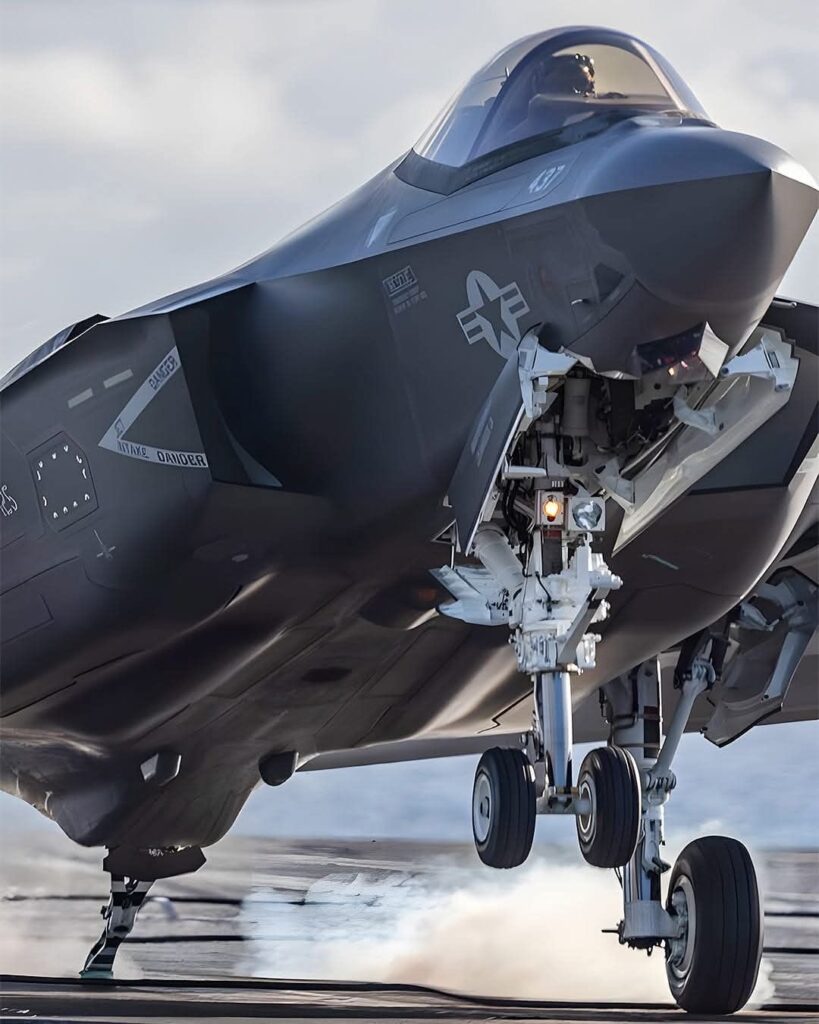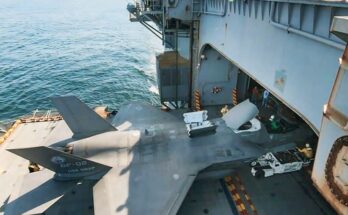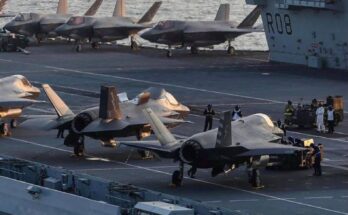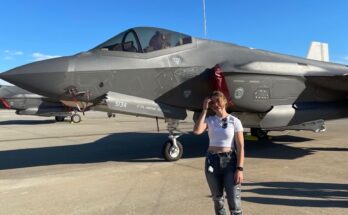
The F-22 Fighting Raptor is one of the most advanced fighter aircraft ever developed, representing a major step in air superiority for the United States Air Force. Built by Lockheed Martin in partnership with Boeing, the Raptor was designed to replace older fighters like the F-15 Eagle while ensuring dominance in the skies well into the 21st century. First flown in 1997 and officially entering service in 2005, the aircraft combines stealth, speed, agility, and advanced weaponry in a way that few, if any, rivals can match.
One of the most defining features of the F-22 is its stealth capability. Unlike earlier fighters that relied mainly on speed and maneuverability, the Raptor was designed from the ground up to avoid detection. Its airframe incorporates radar-absorbing materials, carefully angled surfaces, and internal weapons bays that reduce radar signature. By carrying missiles and bombs internally instead of on external pylons, the F-22 minimizes the chances of being detected by enemy radar systems. This gives pilots the crucial advantage of striking first, often before opponents even know the Raptor is present.
Performance is another area where the F-22 stands out. Powered by two Pratt & Whitney F119-PW-100 engines, it can achieve speeds greater than Mach 2 without relying on afterburners, a feature known as supercruise. This allows the aircraft to travel faster and farther while conserving fuel. Its thrust-vectoring nozzles give it unmatched maneuverability, enabling it to perform sharp turns and complex aerial maneuvers that most aircraft cannot replicate. These abilities make the Raptor nearly untouchable in close-range dogfights while maintaining the advantage in beyond-visual-range engagements.
The cockpit of the F-22 is equally advanced, designed with pilot awareness as the highest priority. It integrates data from multiple sensors and sources into a single display, giving the pilot a clear picture of the battlefield. The combination of stealth, speed, and situational awareness ensures that the Raptor can engage multiple threats effectively and safely. It is equipped with air-to-air missiles such as the AIM-120 AMRAAM and AIM-9 Sidewinder, as well as precision-guided bombs for ground attack missions. This versatility allows the F-22 to dominate both in offensive and defensive roles.
Despite its unmatched performance, the F-22 program has faced challenges. High development and production costs led to the cancellation of further production after only 187 operational aircraft were built. Additionally, restrictions on exports meant the Raptor was never sold to allied nations, keeping it exclusively in U.S. hands. While this preserved the aircraft’s technological edge, it also limited its numbers compared to other fighters.
Even with these limitations, the F-22 remains one of the most formidable fighters in the world. Its combination of stealth, speed, and agility has set the standard for fifth-generation fighters, influencing the design of newer aircraft such as the F-35 Lightning II and even competitors from other nations. More than just a fighter jet, the Raptor is a symbol of technological innovation and air dominance, ensuring that the United States maintains superiority in the skies.


